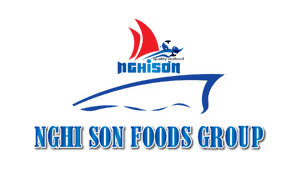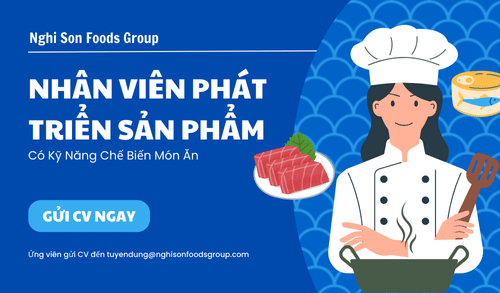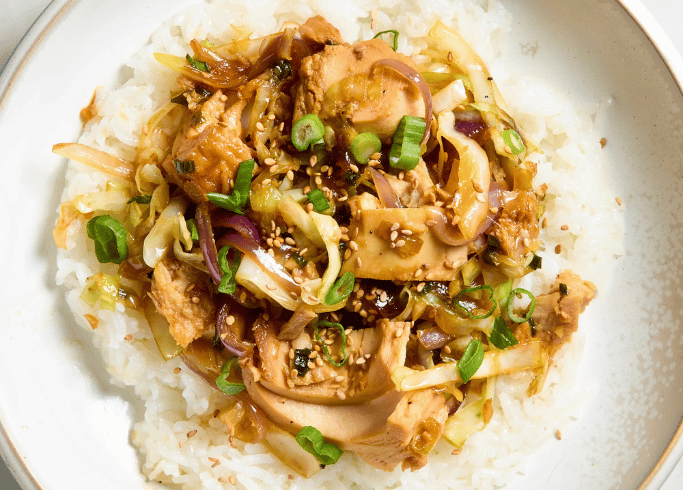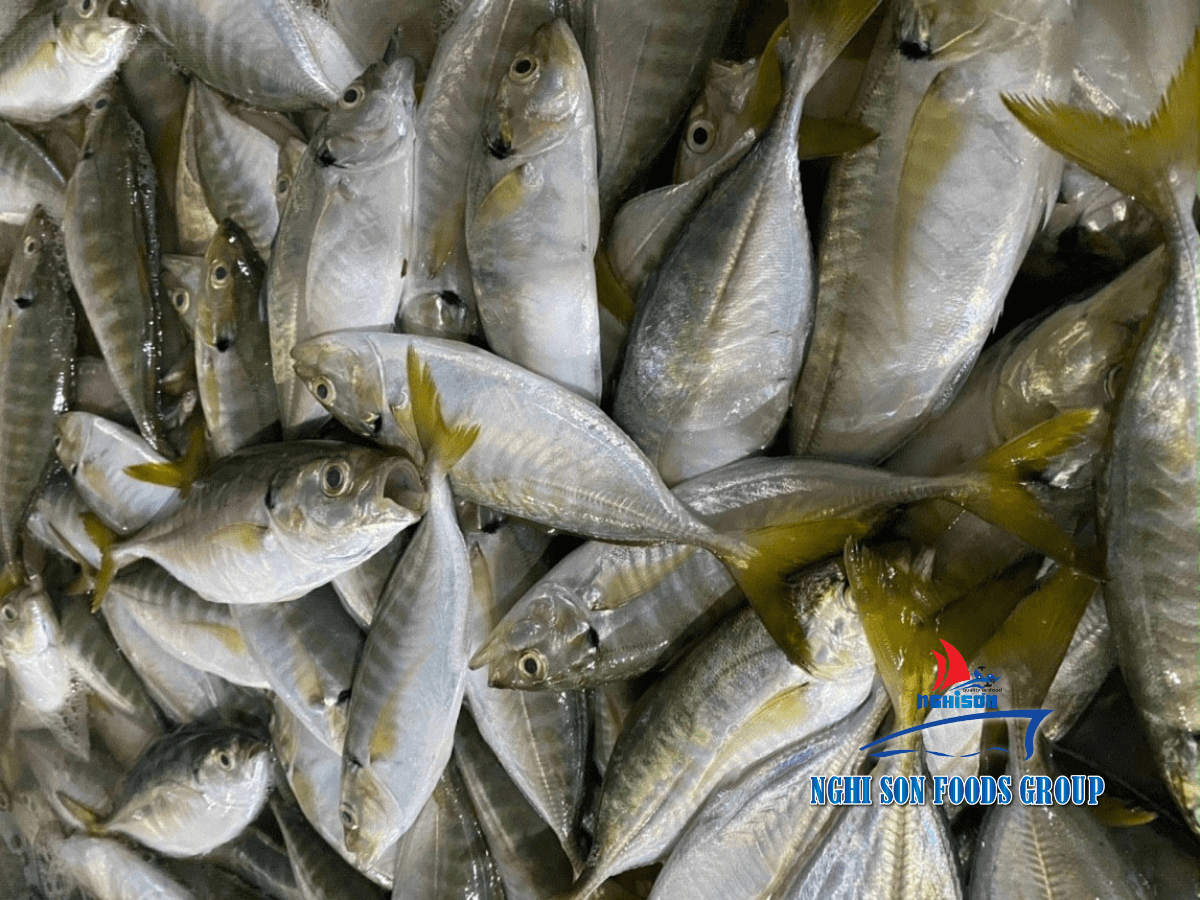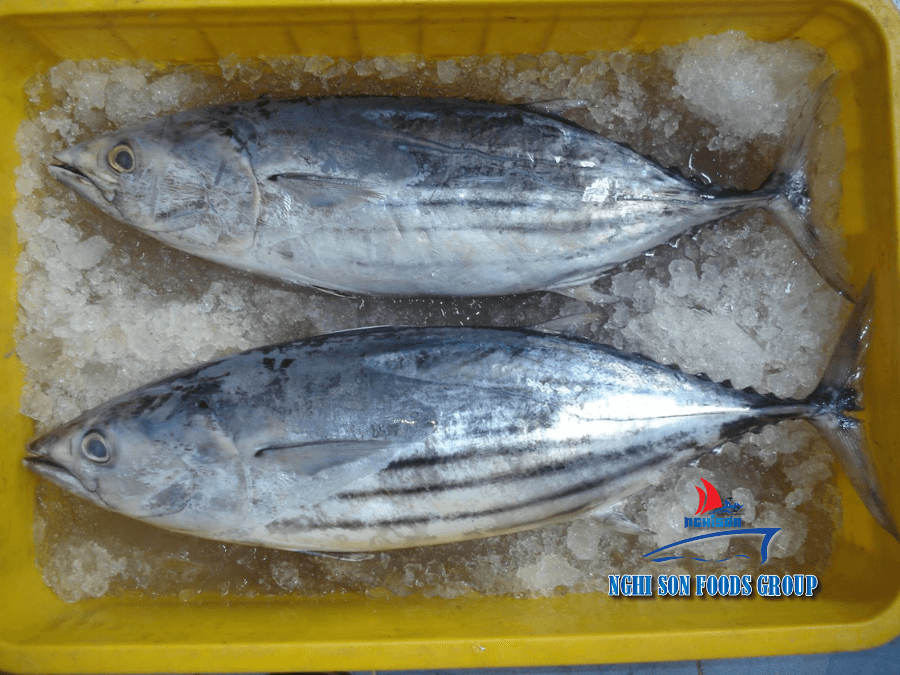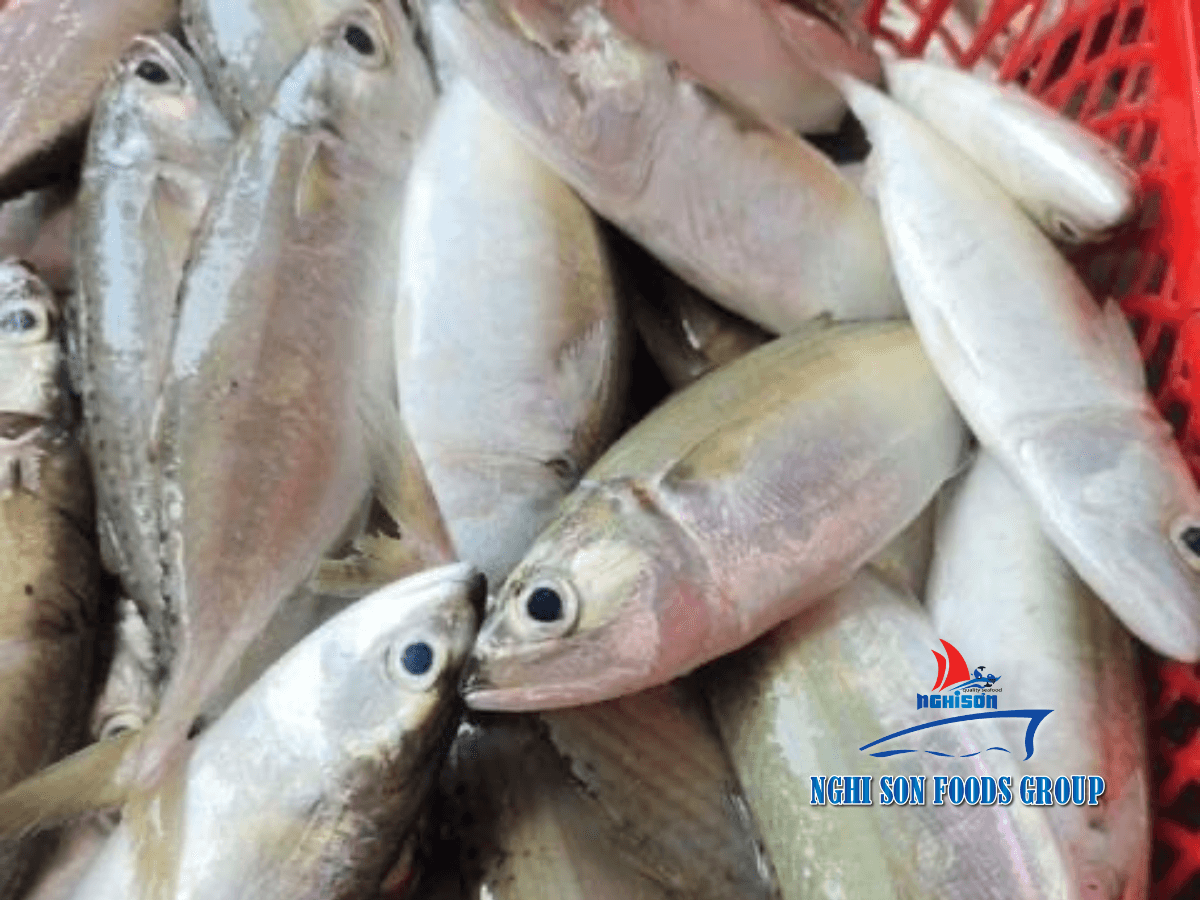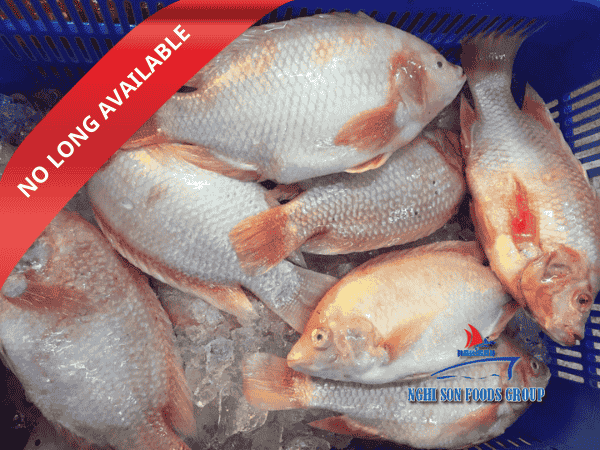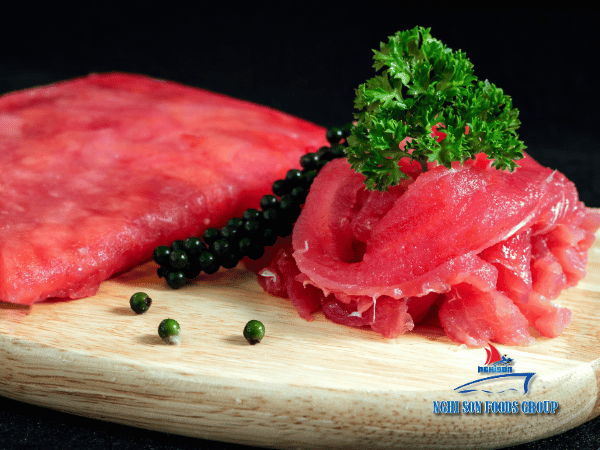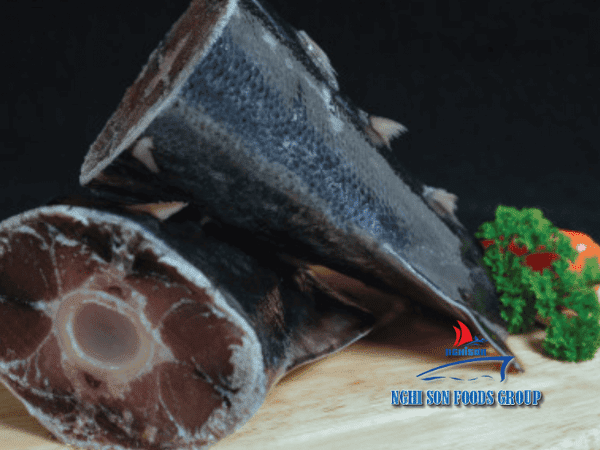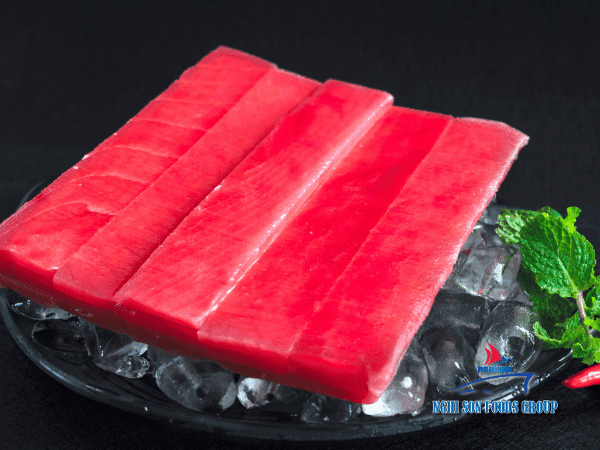In today’s environmentally conscious world, consumers are increasingly demanding sustainable and responsible practices in the seafood industry. One way for seafood exporters to demonstrate their commitment to environmental conservation and responsible fishing or aquaculture is by obtaining the coveted “Friend of the Sea” (FOS) certification. This certification, granted by the “Friend of the Sea” organization, serves as a symbol of sustainability and responsible seafood production. In this comprehensive guide, we’ll walk you through the process of obtaining FOS certification, from the initial assessment to showcasing the FOS logo on your seafood products.
Table of Contents
ToggleInitial Assessment and Preparation
Before embarking on the certification journey, it’s essential to conduct a thorough initial assessment of your seafood production or export practices. This step allows you to ensure that your operations align with the sustainability criteria set by “Friend of the Sea.” Take note of responsible fishing or farming methods, habitat protection, and social responsibility. The aim here is to identify areas that may need improvement to meet the FOS criteria.
Contact “Friend of the Sea”
To kickstart the certification process, reach out to “Friend of the Sea” through their official channels. This initial contact is an opportunity to express your interest in obtaining certification and seek guidance. Don’t hesitate to ask questions and clarify any doubts you may have about the certification process. “Friend of the Sea” is there to help.
Formal Application
With your initial assessment completed and guidance from “Friend of the Sea” received, you’re ready to move on to the formal application. The application process typically involves providing detailed information about your company, seafood products, and relevant documentation. Ensure that all required documents are complete and accurate before submission.
On-Site Assessment and Auditing
Once your application is accepted, “Friend of the Sea” will appoint an accredited certifying body to conduct an on-site assessment of your seafood operations. This audit aims to verify your compliance with the FOS sustainability criteria. It’s essential to coordinate with the certifying body to schedule the on-site audit, ensuring that your seafood operations are ready for inspection. During the audit, the certifying body will closely examine various aspects of your operations, including fishing or farming practices, environmental impact, habitat protection, bycatch reduction, and social responsibility. The auditor may visit your vessels, aquaculture facilities, processing plants, and storage sites to observe operations and review documentation.
Corrective Actions
If the audit reveals any areas of non-compliance with FOS sustainability criteria, you’ll be required to take corrective actions promptly. Develop and implement corrective action plans to rectify the identified issues. This may involve making improvements to your practices, infrastructure, or documentation. Be sure to document all corrective actions taken.
Certification Decision
Once corrective actions have been taken and the audit is complete, the certifying body reviews their findings and submits their assessment to “Friend of the Sea” for the final evaluation. “Friend of the Sea” will review the audit findings and corrective actions to determine if your seafood operations meet all the necessary sustainability criteria. If everything aligns, “Friend of the Sea” will grant you certification for your products.
Certification Logo and Promotion
With FOS certification approved, you can proudly use the official “Friend of the Sea” logo on your seafood products, marketing materials, and website. The certification logo serves as a recognizable symbol of your commitment to sustainability and can be used for promotional purposes.
Annual Audits and Recertification
Sustainable seafood practices require ongoing commitment. To maintain your FOS certification, you must undergo annual audits conducted by the certifying body. These audits ensure that your operations continue to adhere to FOS sustainability standards. Typically, FOS certification is valid for one year, and annual recertification audits are necessary to retain the certification logo and label your products as sustainable.
Market Your Certification
Promote your “Friend of the Sea” certification to customers, distributors, retailers, and other stakeholders. Highlighting your commitment to sustainability in your marketing materials and product packaging can resonate with environmentally conscious consumers.
Additional Tips:
- Maintain thorough records throughout the certification process, including sustainability practices, audit findings, corrective actions, and other relevant information. These records are essential for audits and annual recertification.
- Stay updated on any changes or updates to FOS sustainability criteria or certification procedures by regularly visiting the “Friend of the Sea” website and staying in contact with your certifying body.
- Consider seeking guidance from sustainability experts or consultants who specialize in FOS certification and sustainable seafood practices. Their expertise can be invaluable throughout the certification journey.
In conclusion, obtaining the “Friend of the Sea” certification is a significant achievement that showcases your dedication to responsible seafood production and environmental conservation. By following these detailed steps and heeding the additional notes, seafood exporters can navigate the certification process
